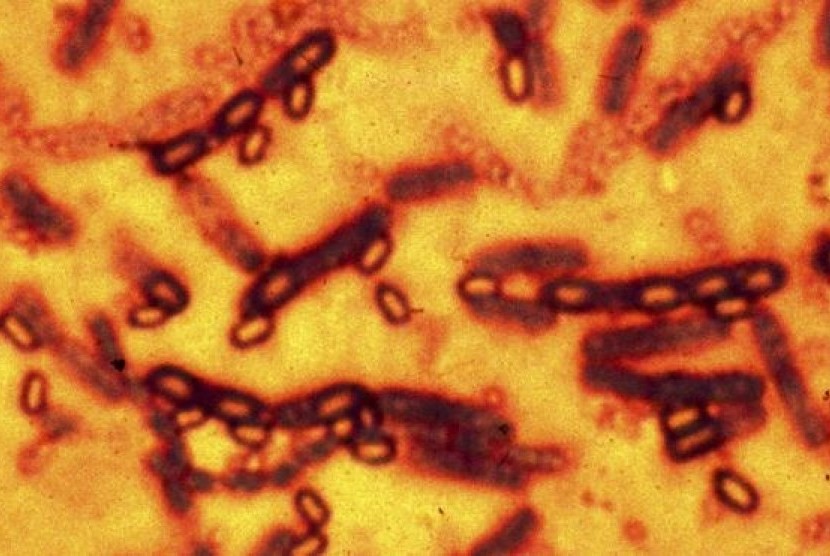REPUBLIKA.CO.ID, ANTLANTA - As many as 75 scientists and staff in US government laboratories in Atlanta may have been exposed to live anthrax bacteria after researchers failed to follow safety procedures, prompting an investigation by federal authorities.
Researchers working in a high-security bioterror response lab at the US Centers for Disease Control and Prevention were preparing inactivated samples of the deadly organism, the CDC said on Thursday. But the bacteria may still have been infectious when the samples were transferred to lower-security CDC labs not equipped to handle live anthrax.
Two of the three labs conducted research that may have aerosolized the spores, the CDC said. The agency first detected the exposure on June 13, when live bacteria were found on the original slides used by scientists. Environmental sampling was done and the lab areas remain closed for decontamination.
"No employee has shown any symptoms of anthrax illness," Dr. Paul Meechan, director of the environmental health and safety compliance office at the CDC, told Reuters. "This should not have happened," he said. For those exposed, "we're taking care of it. We will not let our people be at risk."
The safety breach in the nation's premier bioterror lab raises new doubts about security measures at the CDC, whose infection control protocols are held up as a model to the world. The FBI is working with CDC to investigate the incident, but has no evidence of foul play, a spokesman for the bureau said. US lawmakers said they would be monitoring the situation.
“There is no room for error or negligence when it comes to bioterror research and every precaution must be taken to ensure the safety of our scientists," House Energy and Commerce Committee Chairman Fred Upton said in a statement.
Meechan said the CDC is conducting an internal investigation and that disciplinary measures would be taken if warranted. He stressed that there is no risk to the general public.
The handling of pathogens inside US government laboratories has been a growing concern since 2008, when the FBI identified Dr. Bruce Ivins, a US Army anthrax researcher, as the prime suspect in a series of anthrax letter attacks in 2001.
The threat of insiders having access to lethal bioterror agents led to a crackdown on lab security. The Ivins case touched off fears that “malicious actors” would use the substances to harm humans, according to a 2009 report by the American Association for the Advancement of Science.


